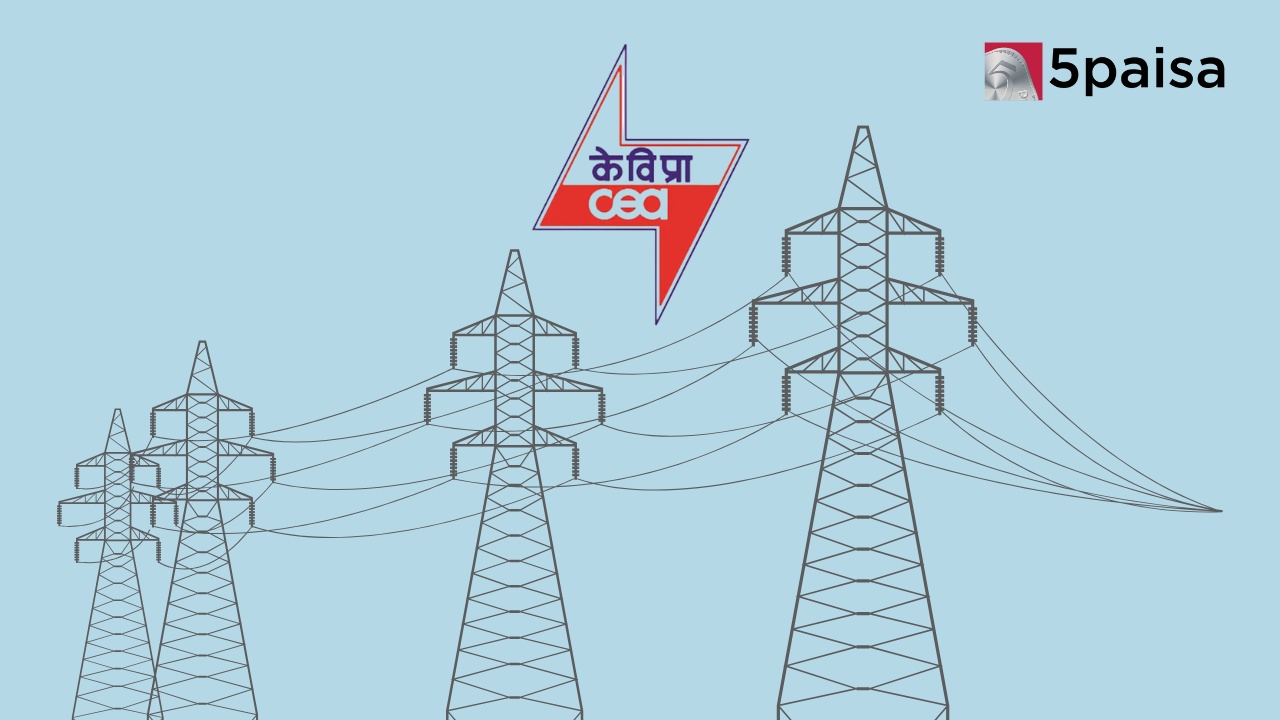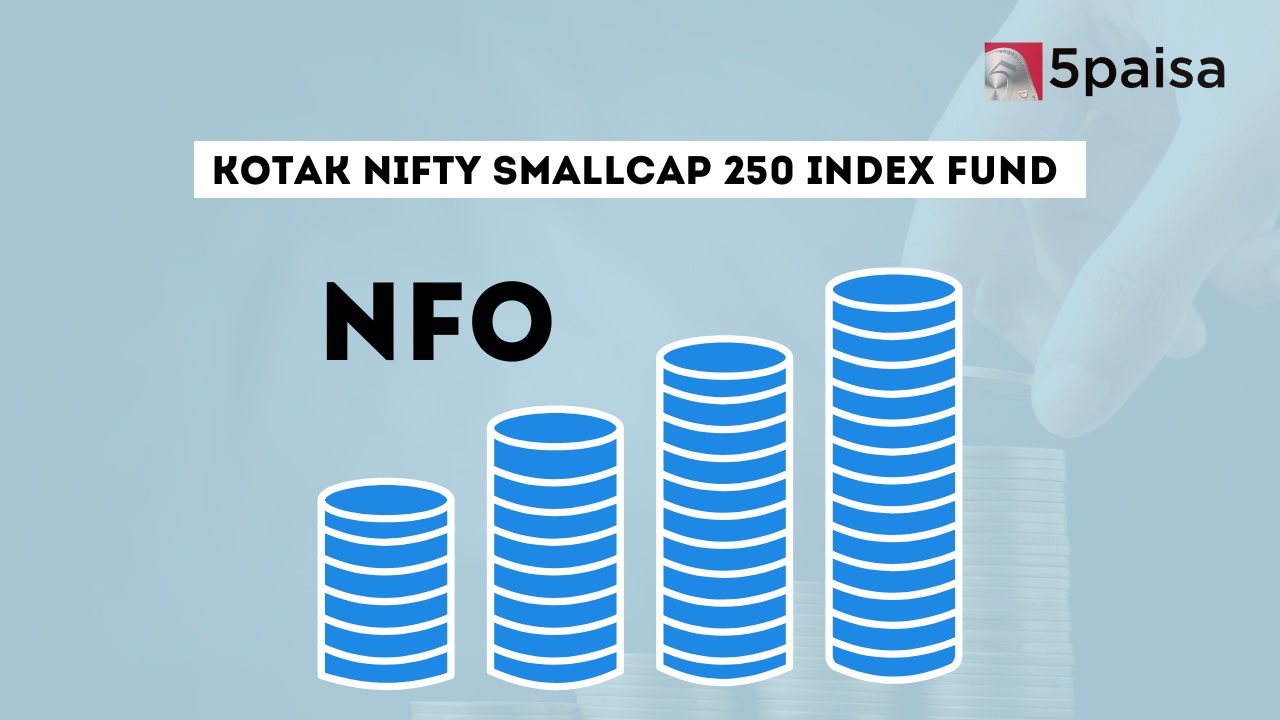Semiconductor shortage for cars is far from over
Last Updated: 12th December 2022 - 01:49 am
How bad is the semiconductor shortage in the auto industry? The general feedback is that it is not as bad as it was one year back, but it is not yet good enough to resume full production. Last week, Mahindra & Mahindra had reported that they had managed to substantially streamline microchip supplies to the extent that they did not have to wait for too long to get delivery of microchips. They had diversified suppliers and signed long term binding contracts. So, the situation has surely improved sharply in the last few months.
A quick word on why the semiconductor shortage came about. During the COVID there was a sharp increase in higher capacity computers and mobile phones to handle the pressure of work at home and schools at home. When the institutions reopened after the pandemic, there was a surge in demand with a lot of revenge buying happening in electronic goods and gadgets. At the same time, cars were becoming more chip heavy and they did not have long term contracts. That left the car manufacturers in the lurch as most of them had to delay their production due to the chip shortage. Supply of chips is a long term process.
Now Maruti Suzuki has shared numbers to demonstrate that the situation had surely improved over the last few months, although the company was not in a position to revert to 100% production. However, between September 2021 and July 2022, the production utilization had improve sharply from 40% to closer to 85-90% range. However, Maruti expects the production to stabilise in the range of 90% to 95% by the next quarter and gradually move towards 100% production by the end of FY23. Full normalcy is still away.
The growth over the last few months has been rather stepped up for Maruti in terms of capacity utilization. For instance, Maruti could only produce 40% of the planned output in October 2021, which improved to about 60% in November 2021. By December and January, auto production had crossed 80% of the total capacity and it has now gradually inched up above the 90% mark. The first target would be to get to 95% in Q2 before stabilizing higher. After all, enquiry levels and bookings are very strong with pending bookings at 250,000.
Higher production will be helpful to Maruti in stabilizing economies of scale via reduction of fixed costs. In the auto industry there is normally a lag in the commodity prices since there is a one month lag in the cost of procurement for Maruti getting impacted by higher costs. The cost pressures are huge, and Maruti had not passed on full cost increases to the consumers. This is despite 3 price hikes effected. The hikes were 1.4%, 1.6% and 1.9% in 3 tranches, but that has not been enough. Higher production wills save them the blushes on cost front.
- Flat ₹20 Brokerage
- Next-gen Trading
- Advance Charting
- Actionable Ideas
Trending on 5paisa
01
 5paisa Research Team
5paisa Research Team
06
 5paisa Research Team
5paisa Research Team
Indian Market Related Articles
Disclaimer: Investment in securities market are subject to market risks, read all the related documents carefully before investing. For detailed disclaimer please Click here.




